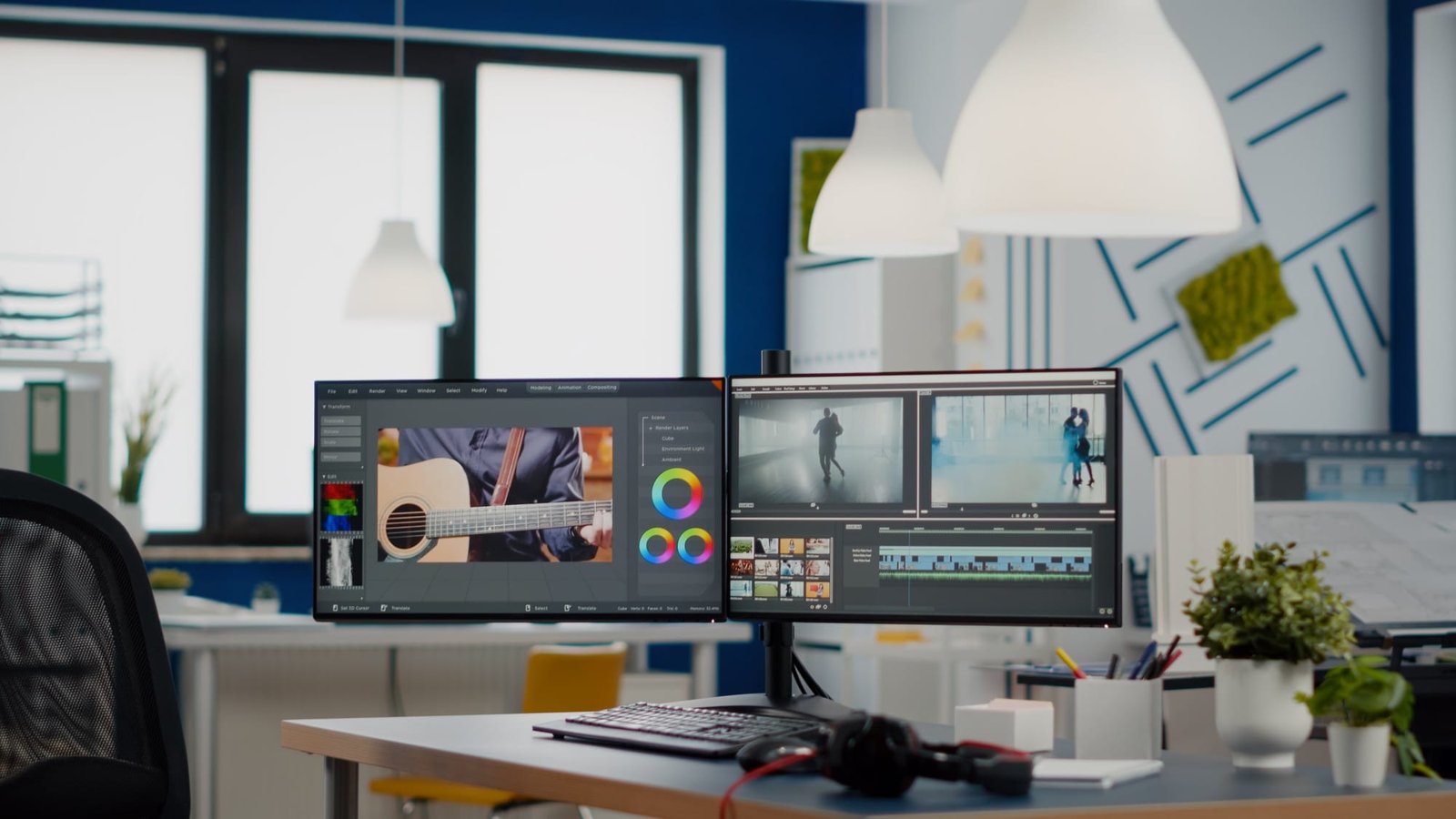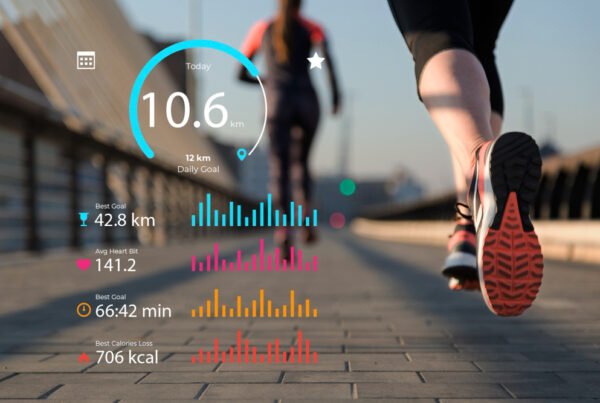
In today’s digital landscape, user experience (UX) is a crucial factor in determining the success of a website or application. While static design elements play an essential role, motion design has emerged as a powerful tool to improve engagement, usability, and overall satisfaction. Motion design involves the use of animation and transitions to guide users, provide feedback, and create a seamless and interactive experience.
Enhancing Navigation and Usability
Motion design helps users understand the interface by providing visual cues. Subtle animations, such as button hover effects, page transitions, and loading indicators, offer a more intuitive experience by visually directing users to the next step. These animations can reduce cognitive load by making navigation more predictable and understandable.
Providing Instant Feedback
Animations can serve as immediate feedback mechanisms, confirming users’ actions and ensuring a more interactive experience. For instance, when a user submits a form, a subtle animation indicating success or an error message appearing with motion makes interactions more engaging and informative. This reduces frustration and enhances the overall experience.
Creating Emotional Connection
Motion design can evoke emotions and create a sense of personality within digital products. Smooth animations, micro-interactions, and engaging transitions contribute to a brand’s identity and enhance user delight. A well-designed motion element can make an app feel more dynamic and alive, fostering a deeper connection with users.
Improving Accessibility and Guidance
For users with disabilities or those unfamiliar with digital interfaces, motion design can play a crucial role in accessibility. Animations that highlight essential actions, guide users through processes, or provide additional context can make interfaces more inclusive and user-friendly.
Best Practices for Motion Design in UX
While motion design offers numerous benefits, it should be used thoughtfully. Here are some best practices to consider:
- Keep it subtle: Overuse of animations can distract users instead of aiding them.
- Ensure performance optimization: Heavy animations can slow down load times and negatively impact UX.
- Maintain consistency: Use a cohesive motion language throughout the product to avoid confusion.
- Prioritize accessibility: Provide options to reduce motion for users who may be sensitive to animations.
Conclusion
Motion design is a crucial component in modern UX, offering improved navigation, feedback, emotional connection, and accessibility. By integrating thoughtful animations into digital products, designers can create more intuitive and enjoyable user experiences. When used effectively, motion design enhances usability and makes interactions more meaningful, ensuring users stay engaged and satisfied.


